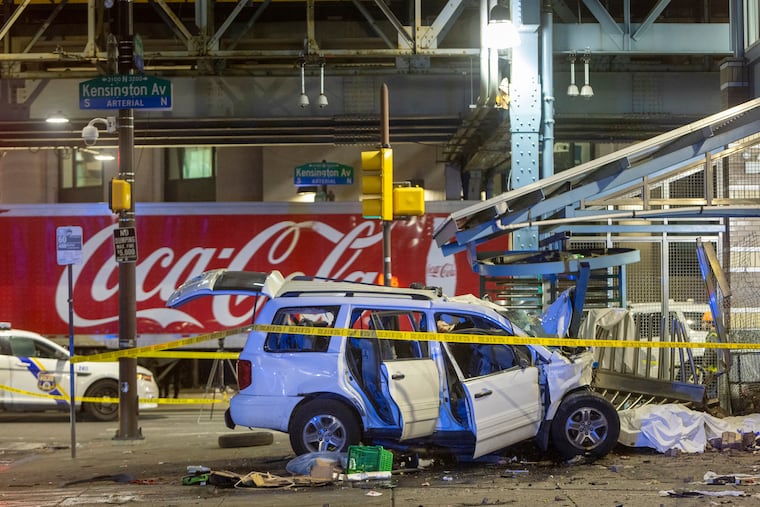$25 million awarded to improve street safety in North, West, and Northeast Philly neighborhoods
The RAISE program, funded under the federal infrastructure law, is targeted to transportation work in disadvantaged communities.

Philadelphia is getting a $25 million federal transportation grant to make high-crash corridors safer in seven historically disadvantaged neighborhoods in North, West, and Northeast Philadelphia, Sen. Bob Casey announced Thursday.
“We are making neighborhoods across Philadelphia safer places to live, work and play,” Casey said in a statement.
The money is intended to build features that slow down automobile traffic and make streets safer for pedestrians and cyclists as part of the city’s Vision Zero program, which aims to eliminate traffic-related deaths by 2030.
All seven projects due to receive federal funding are on the city’s list of most dangerous roadways.
“Simply put, this money will save lives,” Casey said.
Traffic-crash deaths in Philadelphia jumped 88% in 2020 over the previous year even though pandemic-related shutdowns and restrictions reduced the number of vehicles on the road, according to the city’s 2021 Vision Zero report, which tracks progress on reducing fatal crashes. In 2019, 83 people were killed in city traffic crashes, while 156 lost their lives in 2020.
An analysis of the 2020 data found 42% of the crashes that killed or seriously injured a pedestrian, motorist, or cyclist were caused by speeding or aggressive driving, the city report said.
Preliminary data suggest that traffic-crash fatalities were also elevated across Pennsylvania in 2021.
“People are lead-footing around this town … and they’re driving like idiots,” Mayor Jim Kenney said at a news conference in October.
Philadelphia’s $25 million comes from the U.S. Department of Transportation’s RAISE discretionary grant program, funded under the 2021 infrastructure law. This year, the department has given $2.2 billion in RAISE grants; two-thirds of the projects are in historically disadvantaged communities or those with persistent levels of poverty, like those identified by Philadelphia.
In addition to “countermeasures” to slow vehicles and protect pedestrians and cyclists, the projects will include upgrades to traffic signals, accessibility improvements, and repaving, said Joy Huertas, a spokesperson for the city’s Office of Transportation, Infrastructure and Sustainability. Engineering and design are scheduled to begin in 2023, with construction starting no later than 2026, she said.
Vision Zero, which began in Sweden 24 years ago and has spread, including to many towns and cities in the United States, is based on a “safe systems” approach to street planning — designing roads and traffic controls to minimize crashes and reduce vehicle speeds so when crashes do happen, they are less harmful.
Examples include fewer lanes for vehicles, protected bicycle lanes, better-timed signals, speed humps, and roundabouts at dangerous four-way intersections. Sometimes people call the approach “complete streets” or “smart streets.”